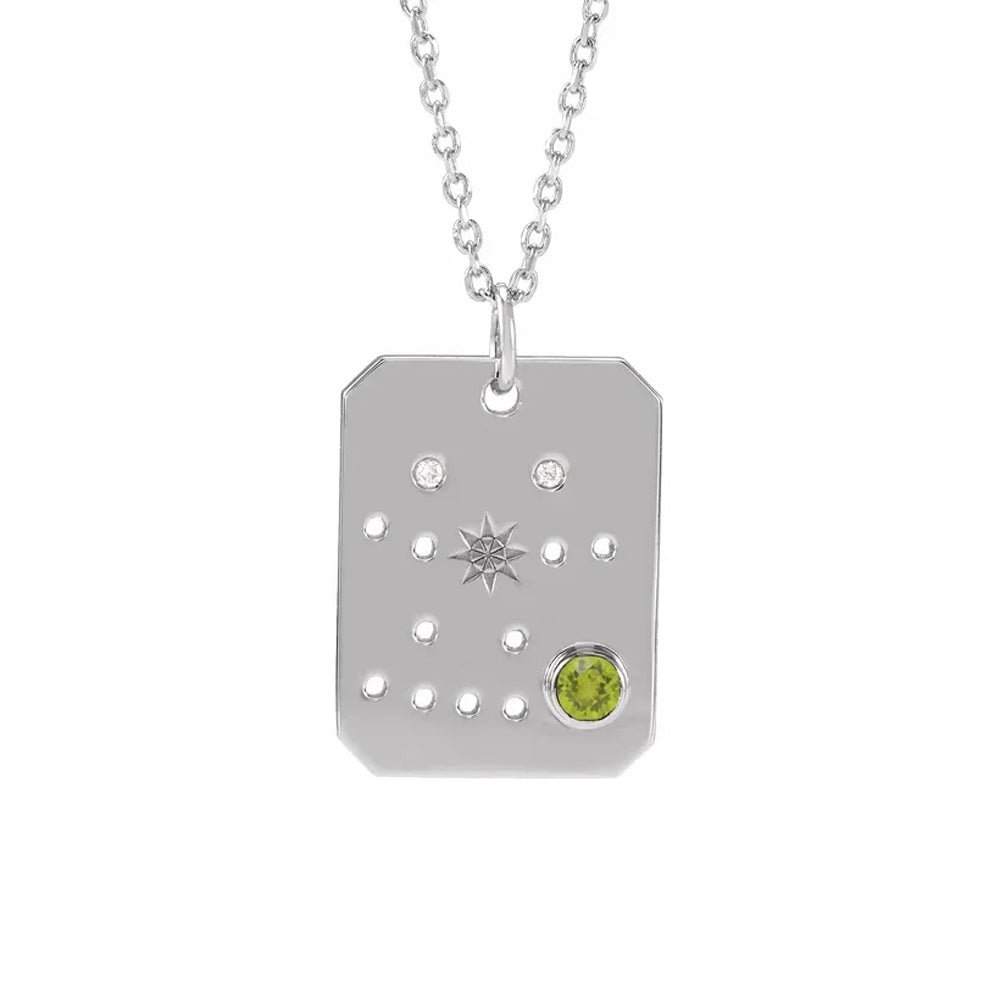
The history of Peridot stretches back to Ancient Egypt, on the volcanic island of Zebargad in the Red Sea. Peridot was so treasured by the Ancient Egyptians that they kept the island’s location a secret. With the fall of the Egyptian empire, the island became lost to antiquity, and was only rediscovered in 1906. Since that time, Zebargad’s Peridot deposits have been exhausted. Peridot still remains the National gem of Egypt. Ancient Egyptians knew it as "the gem of the sun" but Peridot is actually named after the French word peritot, meaning gold, because the mineral can vary towards this color. For years it was believed that Cleopatra's famous gemstones were Emeralds, but now historians are becoming more and more convinced that they were Peridot.
Throughout history, there have been many legends that state the strong magical power that peridot possesses. Legend says that if the gem is set in gold, it will develop its full potential as a talisman and will have the power to dispel nightmares and fear.
Peridot is a relatively soft stone, rating 6.5 to 7 on the Mohs hardness scale. So if you want a ring it's better to stick with a more protective setting, like a bezel setting. Make sure you are taking it off before doing any activities that could cause it to get scratched or banged and keep your setting well-maintained. Also, these stones cannot take heat, so don't take it for a dip in the hot springs, and advise any jeweler doing repair work on it to use a laser welder. With the right care, your lovely Peridot jewelry should stay safe and sound!























